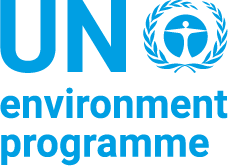
The Adaptation Principles offer a guide to effective climate change adaptation, containing hands-on guidance to the design, implementation and monitoring of national adaptation strategies, showing that each country needs to tailor adaptation actions to its specific needs and priorities. To guide this process, the Adaptation Principles offer concrete and practical tools: Screening questions to identify the most urgent and effective actions, toolboxes illustrating common datasets and methodologies to support decisions, indicators to monitor and evaluate progress, and case studies on how the COVID-19 pandemic influences priorities in taking effective adaptation action.
Lifecycle Phase(s): Enabling EnvironmentConditions that enable the integration of sustainability practices (regulation, laws, frameworks etc.)., Strategic PlanningPublic authorities identify the needs and long-term vision for infrastructure development., PrioritizationAuthorities decide which projects to realize and how to allocate resources., Project PlanningGeneral strategy for a project’s delivery is developed., Concept DesignTechnical experts broadly outline the project’s basic characteristics., ProcurementThe provision of goods and services to realize a project are tendered and closed., FinanceDevelopers decide how to pay for their project., Detailed DesignTechnical experts further elaborate the Concept Design., ConstructionThe asset is constructed in line with design, budget and timeline., Operation and MaintenanceInfrastructure assets are managed and maintained during their use time., Decomissioning/RepurposingObsolete infrastructure assets are repurposed, recycled or removed and the land is reused or restored.
Type(s) of Tool: GuidelinesOperationalize sustainability principles, less specific than Benchmarks or Rating Systems., PrinciplesSupport sustainability incorporation at institutional or strategic level, less specific than Guidelines.







